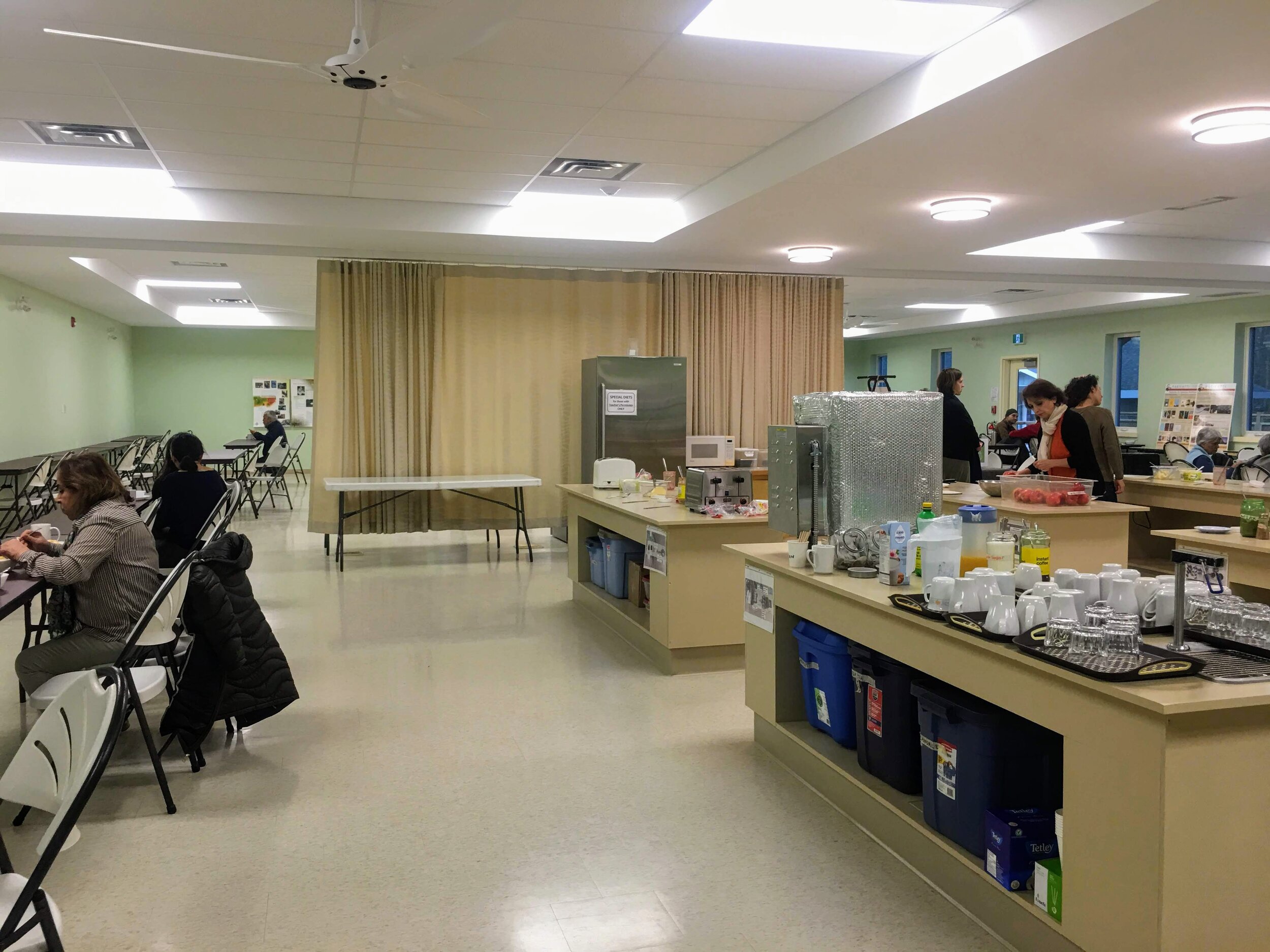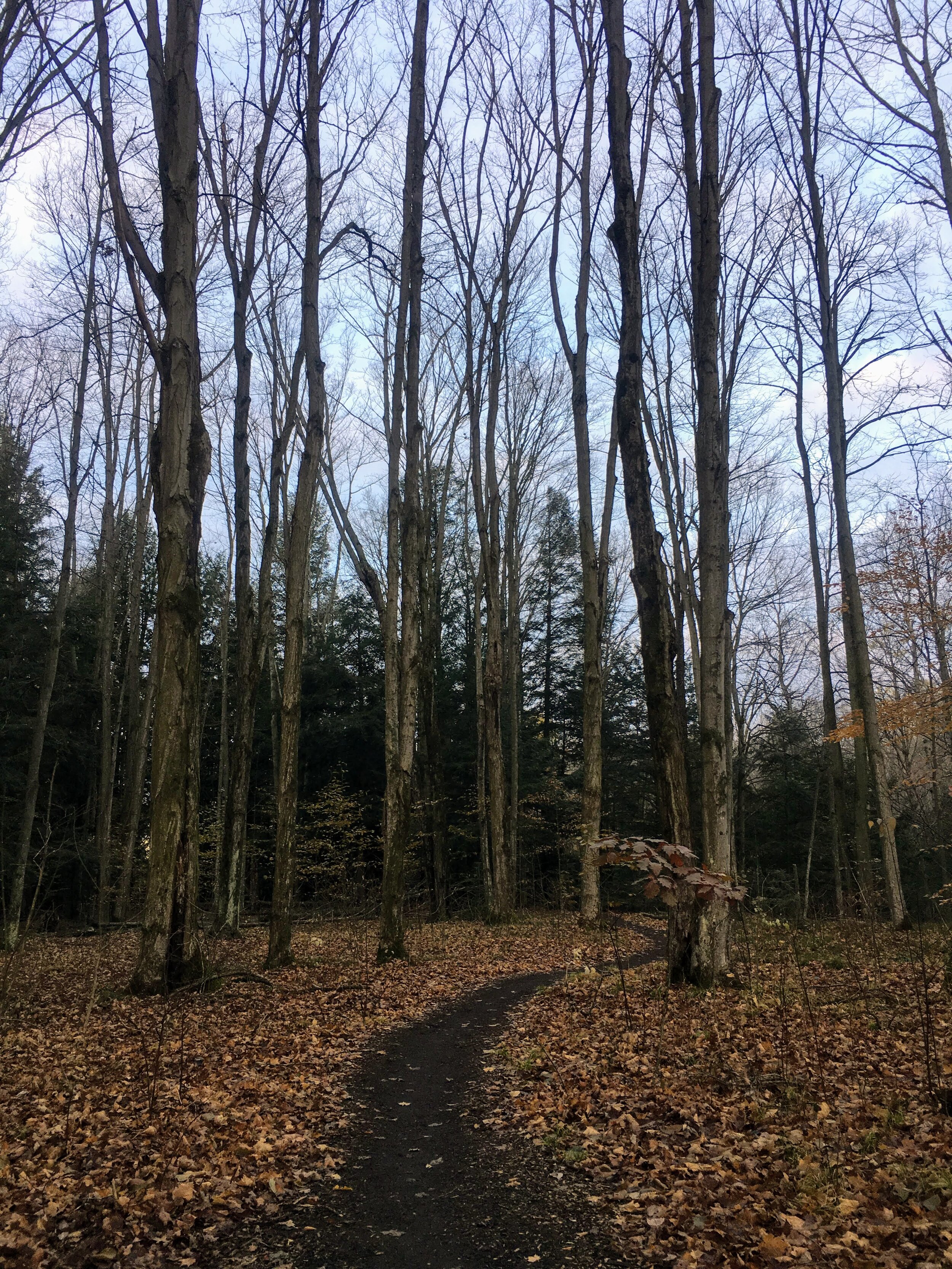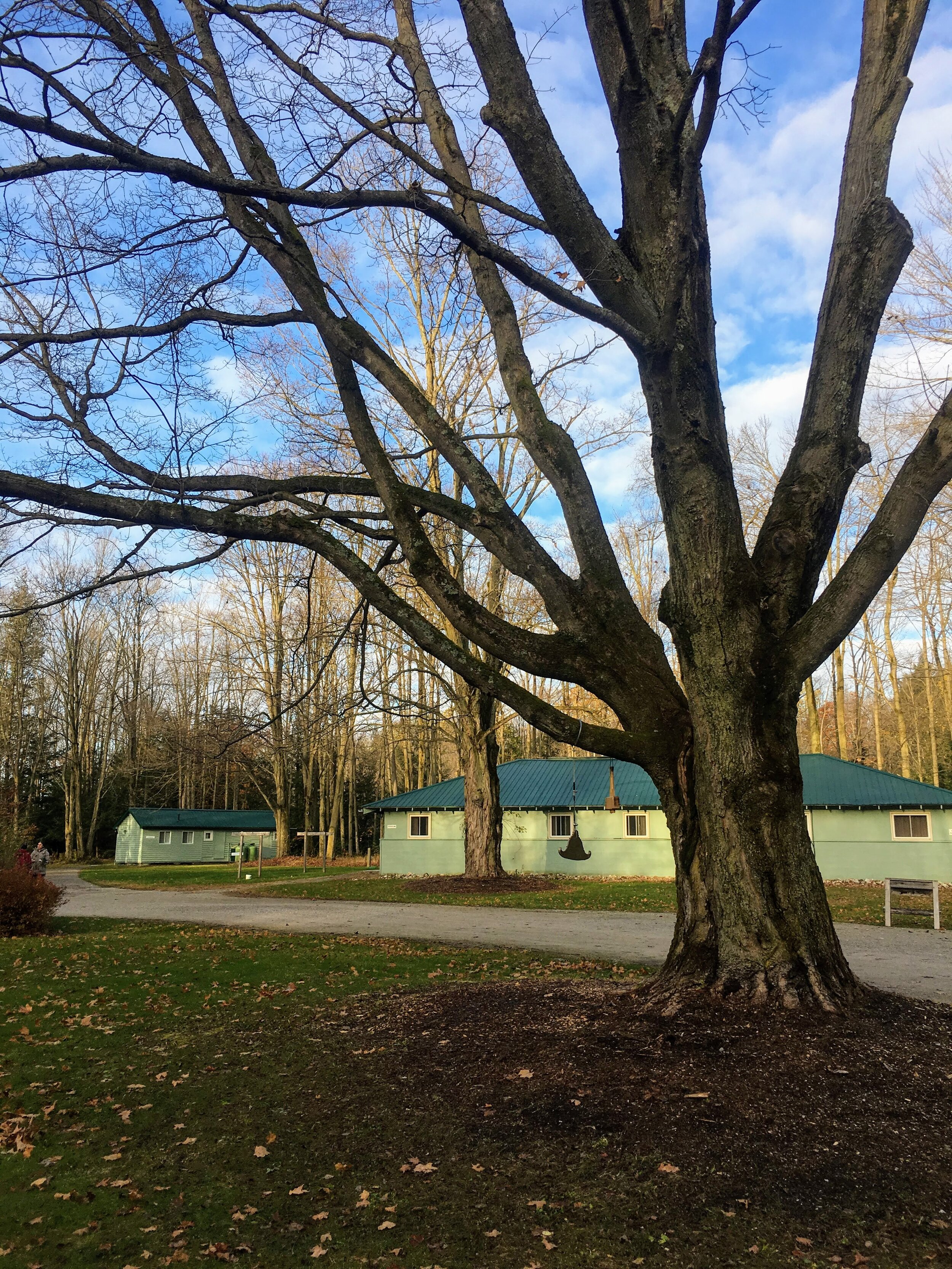10-Day Silent Meditation Retreat
Retreat is probably the wrong word to describe this experience - maybe “solitary confinement” might level set expectations for anyone looking to embark on a Vipassana Meditation Course. You have been warned that this is no Eat, Pray, Love - expect to meditate for 10 hours a day for ten days straight!!
What is Vipassana Meditation?
Vipassana, which means to see things as they really are, is one of India’s most ancient techniques of mediation which was rediscovered by Gotama Buddha more than 2500 years ago. Vipassana is a way of self-transformation through self-observation. It focuses on the deep interconnection between mind and body, which can be experienced directly by disciplined attention to the physical sensations of the body. It is this observation-based, self-exploratory journey to the common root of mind and body that dissolves mental impurity, resulting in a balanced mind full of love and compassion. Although the practice is linked to Buddism there is no religious element to this practice, it is open to any race, culture or religion.
My dad is a big proponent of meditation, since I was a teen he’s encouraged me to meditate for at least a few minutes each morning. Although I know the benefits of meditation (enhances self-awareness, reduces stress, provides a moment of calm etc.) I often lacked the self-discipline to stick with the habit especially when I could snooze for 10 minutes in the morning or blame my busy schedule. In 2018 (4 years after my dad had completed the Vipassana course) I decided to commit and register myself, so in April I submitted my application for an October start date which gave me 6 months to mentally and physically prepare… or so I thought.
On October 24, after a stressful day at work, I sped down Hwy 400 to Egbert where the Ontario centre Dhamma Torana is located - I remember having a tightness in my chest as I was going to be late (the irony of entering such a calming place this way). I arrived at what looked like a summer camp - with a few cabins scattered within a forest. Upon arriving I registered, had my valuables and phone taken away and was shown my “bunk” where I met my roommate - a girl who had flown in from New York. We decided on what to set the thermostat to and then returned to the dining hall for a quick bite to eat before the course would officially start!
My humble abode for the next 10 days - they had this clever curtain system we could use for privacy (Beds are actually a luxury for new students, once you graduate the 10-day course if you decide to come back as an old student the use of a bed is not allowed…)
In order to get the most out of the experience, students are meant to follow a code of discipline and a strict daily schedule. The foundation of the practice is sīla, a code of conduct whereby you refrain from speech and actions that are harmful to yourself and others. Some of the rules include:
Noble Silence - this means silence of the body, speech, and mind (even gesturing or eye contact isn’t allowed!)
Segregation of men and women throughout the course; although we shared some facilities we usually had separate entrances
No physical contact with others
Dress should be simple, modest, and comfortable
No yoga or physical exercise
No music, reading or writing allowed
Like clockwork, we would be adhering to the following daily schedule for the next 10-days
We would be notified by a bell to mark the change in schedule. I was able to keep my Fitbit as a watch and never in my life had it been so fascinating to me
Vipassana has been handed down, to the present day, by an unbroken chain of teachers - this particular course started in 1969 in India by Mr. S.N Goenka. Although he passed away in 2013, they ensured his teachings were carried out through a series of video recordings. That evening and every evening to follow we would listen to the Goenka’s discourse in the meditation hall where he would teach us new techniques, tell stories and generally impart his wisdom. In addition, we had a physical teacher present as well who you could communicate with during interview hours (typically a 10-minute slot where you could ask questions about your meditation practice, this is the only time you were permitted to speak).
Day 1 - 4
I slept well the first night only to be woken by the morning bell at 4 am - that first 2 hour morning mediation I can’t remember if I was actually meditating or just full-out sleeping. It wasn’t until breakfast that I started to feel more alive. All the food is cooked by volunteers (typically by past students who have completed the course) and is completely vegetarian. This diet is meant to be easy on your digestion system making it more conducive for meditating aka no food comas here.
Our first group meditation in the hall was exciting - there’s something almost magical about having 100 people meditate together, the aura is incredible. Although we were given an assortment of meditation cushions after the 30minutes mark my legs began to cramp and by 45minutes I started shifting around uncomfortably as my legs went numb and by the time the hour was up my back was aching. I was so focused on the physical pain I completely forgot about meditating. Looking around the room I must have been the youngest person there so my respect for everyone instantly went up.
To begin we practiced Anapana meditation - this is an observation of the breath, to help focus and calm down the mind. To help with this we were taught to focus on the air passing in and out of the nostrils with each breath. When you realize your mind has wandered (Goenka often calls it your monkey mind) you accept it and bring your focus back to the sensations in front of your nose.
The first 4 days are probably the hardest as your body has to adjust to the pain of sitting for long periods, the early wake-up calls and did I mention we don’t get dinner? Hello, intermittent fasting! But most of all time seems to slow downnn - for the first time in a long time you are fully present with yourself which gives you plenty of time to think and reflect. Generally, when we experience pain or suffering we suppress these thoughts in order to “feel better” - cue Netflix & Chill, throwing yourself into work, shopping and/or scrolling on social media. Over time these suppressed feelings get stuffed into a suitcase that you mentally carry around and occasionally something might trigger a feeling to resurface. Here at the Vipassana centre, with all that time to yourself - expect to dump your emotional suitcase upside down and be prepared to face all the sorrow, heartache and stress head-on… it’s an emotional rollercoaster I wasn’t expecting to be on.
Day 5-7
So the 4 am morning bell does get easier :) Since you’re in a state of meditation for most of the day with little physical activity you realize your body doesn’t need that much sleep. I also feel less hungry at night as my stomach begins to shrink. What hasn’t improved is my back pain - In the evenings I would fill my thermos with hot water and create a DIY hot compress with soaking towels… I feel like I’m 75 years old.
At this point, we have fully transitioned from Anapana meditation to Vipassana meditation - we’re told to start at the top of the head and slowly scan our bodies observing the sensations within each body part. Often I’d start at my head, get distracted by a thought and forget which body part I was meant to be observing. Then I’d start back at my head and feel a sharp pain down my leg and get distracted by that. Over and over again. This is also when we started to learn about Equanimity (definition: mental calmness, composure, and evenness of temper, especially in a difficult situation). Similar to the quote “This too shall pass” taking on a state of equanimity is important in meditation as we want to remain in a state of calm instead of constantly grasping at the pleasant and pushing away the unpleasant. Harder said than done, that is for sure.
One of my favourite aspects of the course was the small forest we were in - during my breaks I would walk laps around the two trails within the forest. Taking in the sights and sounds of nature, reflecting on my meditation practice and of course hitting 10,000 steps on my Fitbit. Rain or shine I’d make the trek out - the tranquilness of it all was often the highlight of my day. There were definitely a few moments where I would speak out loud to myself, just to test that I hadn’t in fact lost my voice.
Day 8-10
It wasn’t until day 8 where I experienced something remotely close to nirvana - during one of the group sits as I was scanning my body I suddenly felt my entire body light up in this pleasurable tingling sensation. At that moment it felt like a huge weight had been lifted off my shoulders and all the emotional baggage I had been mulling on seemed inconsequential and trivial. It’s hard to put into words the feeling but all of a sudden I seemed to have a profound sense of awareness about myself and my place in this universe.
Once I had that experience I realized during my next group sit I was craving to have the same experience again but the rule of equanimity runs both ways e.g. If I shouldn’t avoid the cramps I was feeling I shouldn’t yearn for this sensation either. Pleasurable and painful sensations arise and pass. We are to sit and equanimously observe both, neither craving the pleasure or the dissolution of pain.
During my last few days I marvelled at this little sanctuary I was a part of and wondered how I could maintain a semblance of this as I returned to the “real world”. The recommendation is to meditate 1 hour in the morning and 1 hour at night which I thought was achievable (spoiler alert - I usually only meditate for 20-30minutes in the morning but at least I’m consistent now!) Ultimately I felt grateful for the entire experience and this newfound self-awareness.
On day 10 when our group sit finished at 9 am our “noble silence” was lifted and like a bunch of bees, we immediately started chatting with one another. Although I had never spoken to anyone we had all inherently bonded with one another through this experience. As a creature of habit, I had been sitting in the same spot for breakfast and lunch beside this older lady. One time I had even placed my water bottle on her seat to “save it for her” - we chatted and exchanged numbers. It turns out she had bought a unit in my condo 10-years ago, what a small world indeed.
When I got my belongings back I realized I hadn’t missed much other than a few messages. I got into the car to call my dad and immediately started crying - I think from joy but also because I had all these feelings I didn’t quite know how to decipher. On the drive back home the sun was shining, the perfect playlist came on and I was feeling positively blissful. I stopped for groceries on the way home and to my horror, the line was down the aisle but instead of letting it affect me I harnessed my inner equanimity and said this too shall pass…
You might be wondering how much did it cost? The answer is free! The course is run entirely by volunteers and financially supported by past students through donations. It’s a remarkable thing but the lack of monetary expectation removes the sense of entitlement because you can’t get what you paid for… since you didn’t pay anything!
Would I recommend it? Yes, but only if it feels right for you. Depending on the circumstances in your life the course can be challenging but rewarding nonetheless. I myself have tried to go back to attend a course in Nepal in 2019 (long story short I wasn’t able to attend because I missed my flight) and again in 2020 (but surprise COVID).
I chuckled when I got this notification after receiving my phone back







